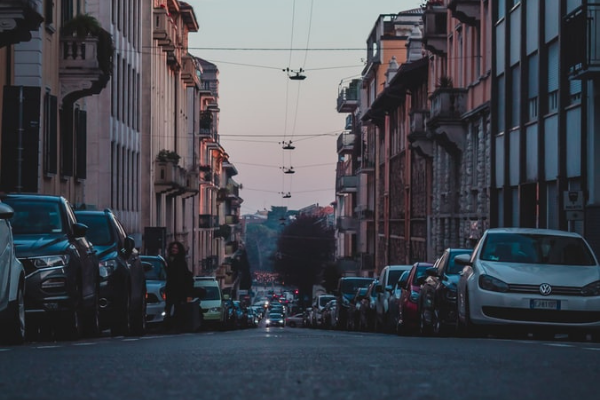When we talk about pollution, many images come to mind and sometimes the topic is exorcised as something "far from us" or that cannot harm us personally.
But is not so.
Ultimately, in chronological order, there is a study published in the journal "Sciende Advances” which explains a worrying association between fine particles and mortality related to infections caused by Covid-19.
According to this study from Harvard University conducted by Francesca Dominici, in fact, the effects and consequences of Covid-19 are more lethal in areas where there is greater air pollution.
According to Dr. Dominici, in the long term, a difference of one microgram in the average is enough PM 2.5 to increase the mortality rate of 15%.
PM 2.5 refers to fine dust, polluting and carcinogenic microparticles produced by industrial waste, cars and so on, so tiny that they manage to penetrate the alveoli of the lungs and then into the blood, thus damaging the entire organism.
The researchers collected data on the level of particulate matter in 3,000 American counties in the period 2000/2016 and compared it with Covid-19 deaths recorded up to April 4, 2020.
These data were then recalibrated in order to remove variables that could have altered the study, such as socioeconomic status, smoking and obesity rate, number of swabs to detect positivity to the virus, availability of hospital beds.
In this way aassociation between pollution and the danger of the virus.
«If a person lives for decades in a place where there are high levels of particulate matter, they are more likely to develop serious symptoms – says Dominici -. It is a result that did not surprise those who study the effects of fine particles on health. We already know that long-term exposure to microparticulates causes lung inflammation and cardiovascular problems. And we know that people with respiratory and cardiovascular system problems infected by Covid-19 have a higher fatality rate».
The study could also partially explain what happened in Italy: «The Po Valley is one of the most polluted areas in Europe and this could also have played a role in the high number of victims recorded in Lombardy» adds Dominici.
It also emerges that the starting level of pollution is not as important as theincrease.
Even low-polluting areas, therefore, which however see a minimal increase in fine dust, will be associated with greater mortality from Covid.
Not to mention that pollution costs not only in terms of health but also for our pockets.
The Po Valley, together with Milan, Padua, Venice and Turin, are among the 10 European cities where pollution has the highest per capita cost.
The impact of the Milanese smog, second in Europe, is estimated to cost the inhabitants as much as €2,800 each, followed by the people of Padua with €2,500. Other Italian cities, such as Verona, Bergamo, Cremona and Pavia stand at €1,800 per capita/year.
In economic terms the impact on society and state coffers is abnormal and is determined by the human lives lost prematurely, by the costs of medical and health care in general, by the days of work lost and by all other indirect social expenses, however attributable to air pollution.
The researchers found that the inhabitants of large cities suffer a higher impact due to population density and air pollution remains the first cause of premature death due to environmental factors and the main problem to be solved, precisely, in large cities. urban centers.
We will never tire of saying, therefore, that our lifestyle must change, in favor of more active and sustainable mobility.
A solution of this type would benefit health, the environment and, last but not least, citizens' wallets.

